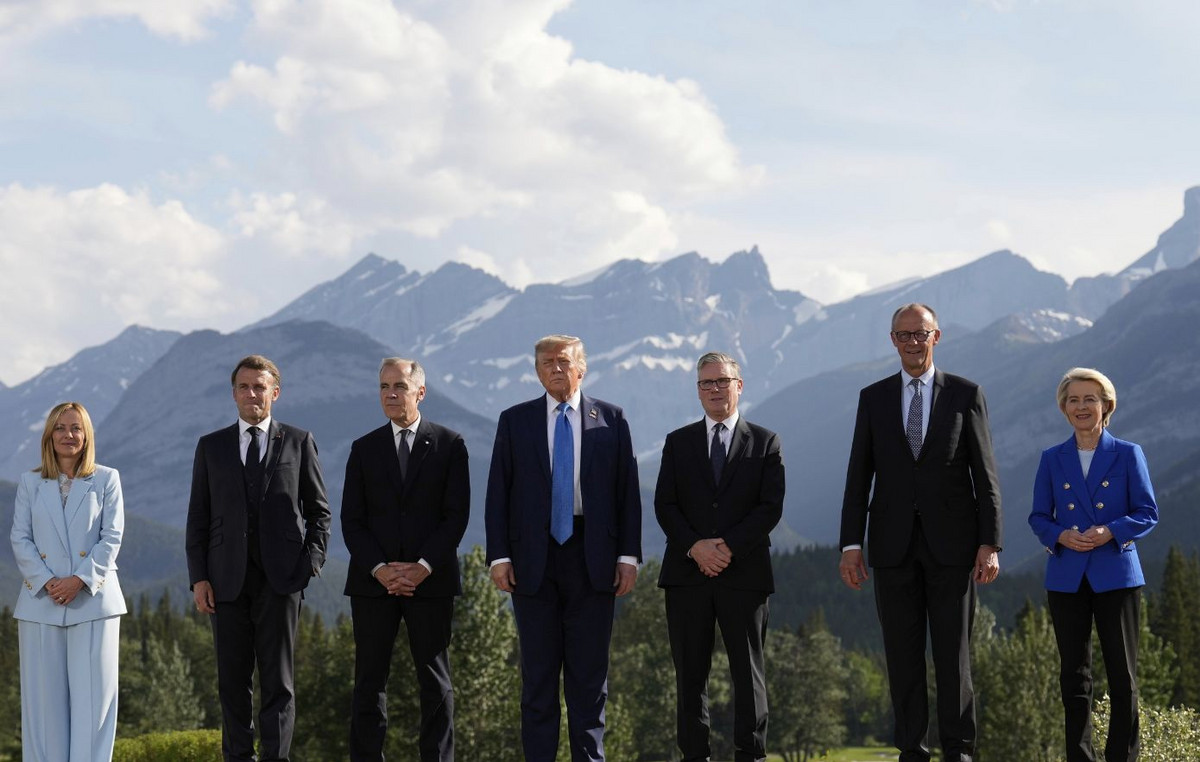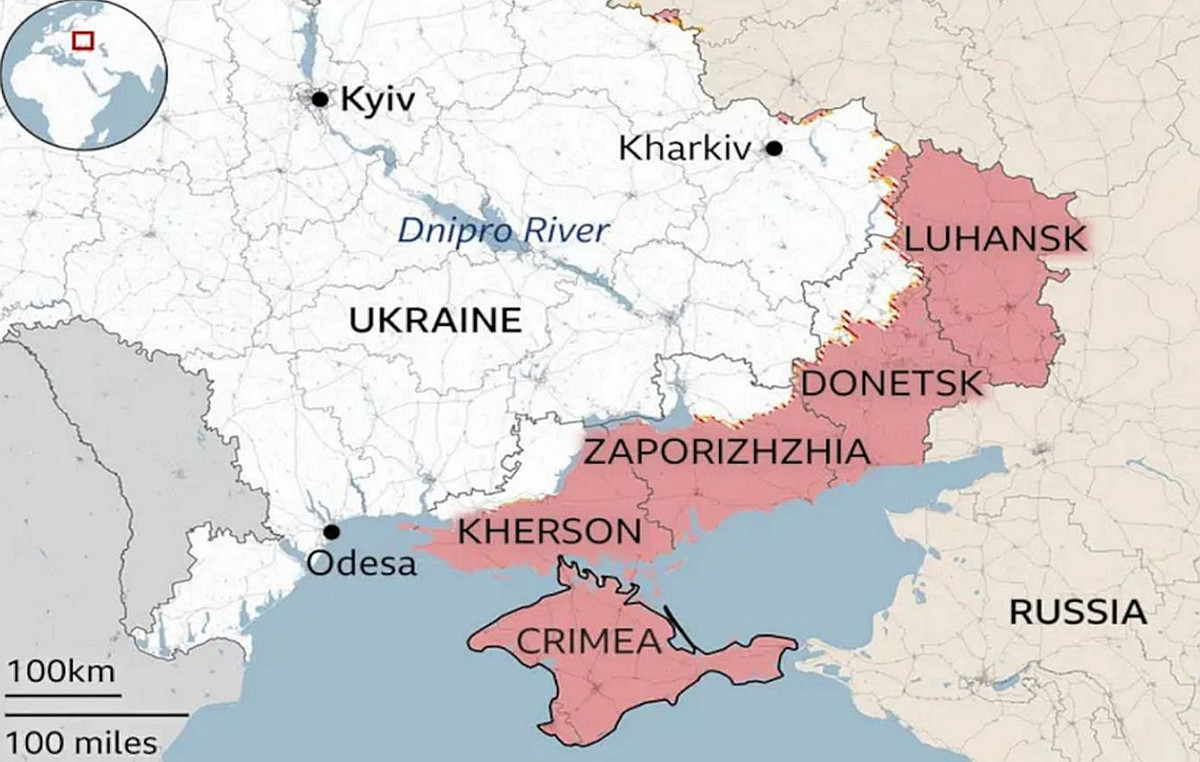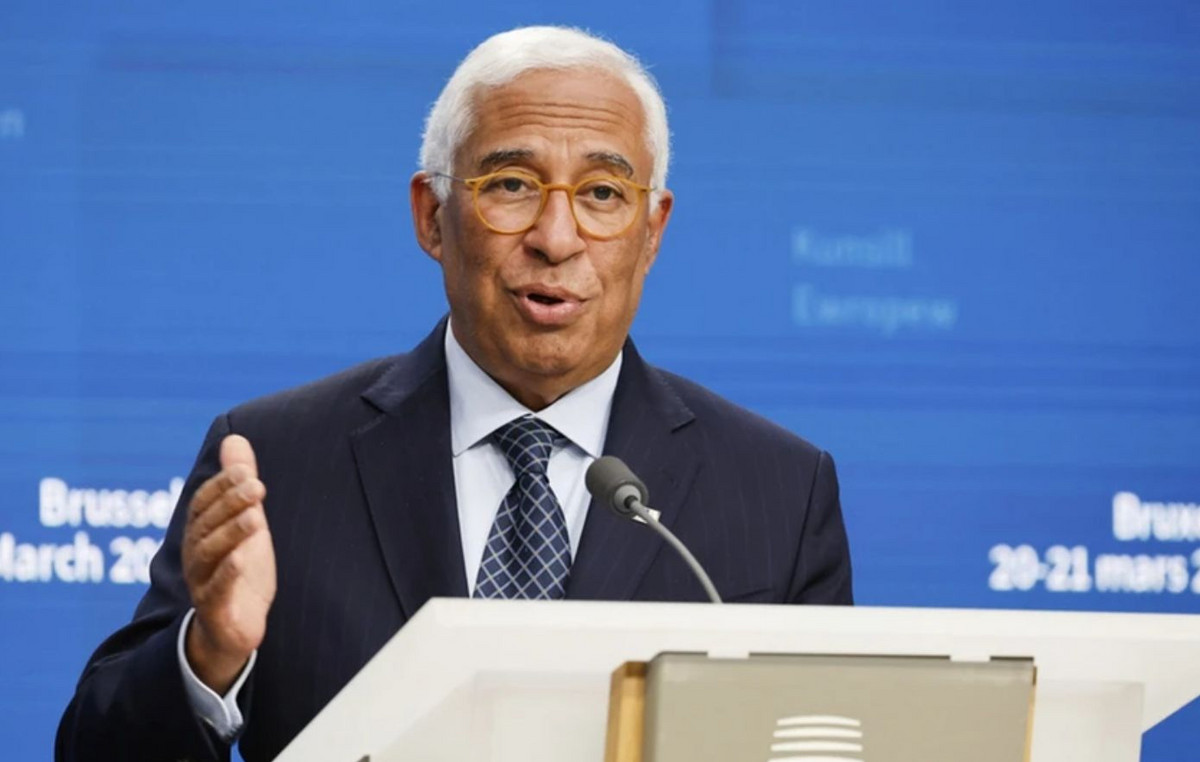- The Indian Rupee weakens near a record low in the Asian session on Thursday.
- Stronger USD, lackluster sentiment in domestic equity markets and sustained outflow of foreign funds weigh on INR.
- Investors await the Fed’s speech on Thursday for fresh impetus.
The Indian Rupee (INR) falls close to a new all-time low on Thursday. The local currency remains under pressure due to a stronger US Dollar (USD) and higher crude oil prices. Slowing economic growth and outflow of foreign capital from stocks also undermine the INR.
On the other hand, the Reserve Bank of India (RBI) is likely to sell USD to limit INR losses. Investors will be watching the Fed’s speech on Thursday for more clues about the outlook for US interest rates this year. On Friday, the focus will be on US employment data for December, including Non-Farm Payrolls (NFP), Unemployment Rate and Average Hourly Earnings.
Indian Rupee faces pressure amid firmer USD and concerns over India’s slowing economic growth
- The Indian rupee is expected to weaken to 86.8 per dollar this quarter, according to MUFG, while Citigroup Inc. expects it to fall to 86.35. USD/INR fell 0.2% to a new all-time closing low of 85.8550 on Wednesday.
- India’s economic growth rate is estimated to fall to a four-year low of 6.4% in fiscal 2025, from 8.2% in fiscal 2024.
- FOMC minutes from the Fed’s Dec. 17-18 meeting showed policymakers agreed that inflation would likely continue to slow this year, but also saw a growing risk that price pressures could remain. persistent due to the possible effect of Donald Trump’s policies.
- Initial US jobless claims for the week ending January 4 decreased to 201,000 from 211,000 the previous week, according to the US Department of Labor (DOL) on Wednesday. This reading was better than the market expectation of 218,000.
- Fed Governor Christopher Waller said on Wednesday that inflation should continue to fall in 2025 and allow the US central bank to cut interest rates further, although at an uncertain pace, according to Reuters.
USD/INR maintains positive tone, but overbought RSI warrants caution for bulls
The Indian Rupee is trading in negative territory on the day. The strong bullish outlook of the USD/INR pair remains intact as the pair is well supported above the 100-day exponential moving average (EMA) on the daily time frame.
However, the 14-day Relative Strength Index (RSI) is moving beyond the 70.00 mark, warranting some caution for the bulls. The overbought condition suggests that further consolidation cannot be ruled out before positioning for any near-term appreciation in USD/INR.
The crucial resistance level for USD/INR emerges in the 85.95-86.00 zone, which represents the all-time high and psychological mark. A decisive break above this level could see a rally to 86.50.
On the other hand, the initial support level for the pair is seen at 85.65, the January 7 low. A break of the mentioned level could drag the pair to the next bearish target at 84.51, the 100-day EMA.
Indian Rupee FAQs
The Indian Rupee (INR) is one of the currencies most sensitive to external factors. The price of crude oil (the country relies heavily on imported oil), the value of the US Dollar (most trade is done in US dollars), and the level of foreign investment are all influential factors. The Reserve Bank of India’s (RBI) direct intervention in the foreign exchange markets to keep the exchange rate stable as well as the level of interest rates set by the RBI are other important factors influencing the Rupee. .
The Reserve Bank of India (RBI) actively intervenes in foreign exchange markets to maintain a stable exchange rate and help facilitate trade. Furthermore, the RBI tries to keep the inflation rate at its target of 4% by adjusting interest rates. Higher interest rates tend to strengthen the Rupee. This is due to the role of the “carry trade”, in which investors borrow in countries with lower interest rates to park their money in countries that offer relatively higher interest rates and profit from the difference.
Macroeconomic factors that influence the value of the Rupee include inflation, interest rates, economic growth rate (GDP), trade balance and foreign investment inflows. A higher growth rate can lead to more investment abroad, increasing demand for the Rupee. A less negative trade balance will eventually lead to a stronger Rupee. Higher interest rates, especially real rates (interest rates minus inflation) are also positive for the Rupee. A risk environment can lead to higher inflows of foreign direct and indirect investment (FDI and FII), which also benefit the Rupee.
Higher inflation, particularly if it is comparatively higher than other countries, is generally negative for the currency as it reflects a devaluation through excess supply. Inflation also increases the cost of exports, leading to more rupees being sold to buy foreign imports, which is negative for the Indian Rupee. At the same time, higher inflation usually leads the Reserve Bank of India (RBI) to raise interest rates and this can be positive for the Rupee, due to increased demand from international investors. The opposite effect applies to lower inflation.
Source: Fx Street
I am Joshua Winder, a senior-level journalist and editor at World Stock Market. I specialize in covering news related to the stock market and economic trends. With more than 8 years of experience in this field, I have become an expert in financial reporting.







